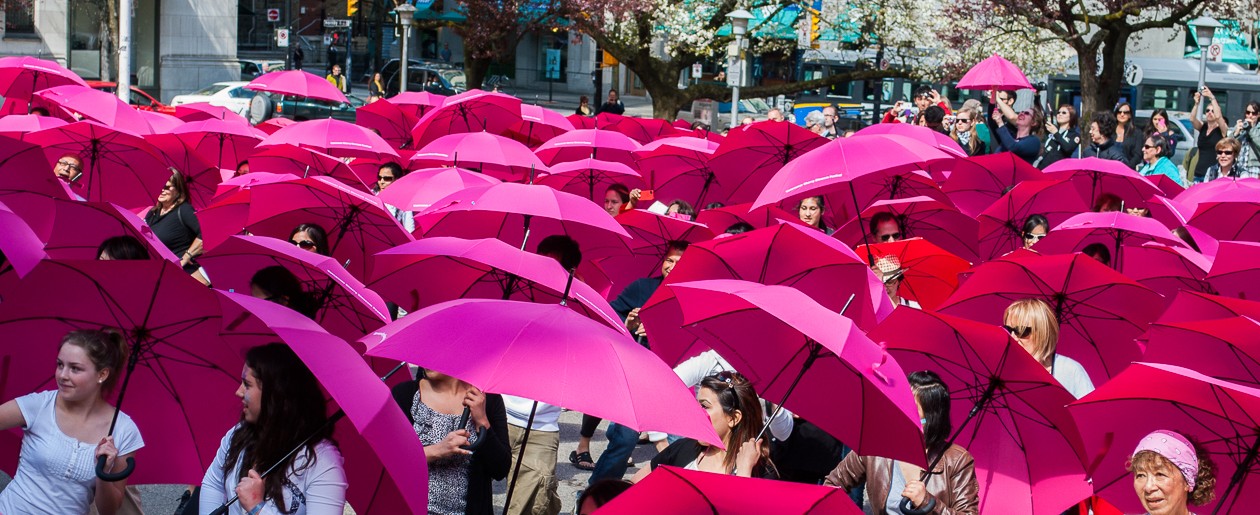OCA alumnus photographer, Dewald Botha’s Please Sit body of work is “an exploration on the social context of abandoned sofas and chairs, mostly in Suzhou, Jiangsu Province, China” (Botha online).
In contrast to Andrew Ward’s work where I found a thread of sadness running through his work, I find the opposite in Botha’s series. For the most part the abandoned chairs and sofas in Dewald Botha’s series have been repurposed. They seem to have a clear role to play in watching the world go by. They are positioned strategically on the side walks, outside shops and verandas in a very communal way.

With the exception of a few images where the sofas are literally on the rubbish heap (perhaps waiting to be rediscovered as some of them are in quite good shape) the majority of the items seem to have found a secondary purpose, even if it is as a bicycle stand or clotheshorse! Some of the chairs featured rather make me think of the scruffy wing-back chair that is used at the Street Cars dispatch office in Coronation Street – down and out, scruffy but still loved enough to be used outside to watch the world go by.
A strong sense of involvement and neighbourliness runs through the series and is evident and locked in in the final two images of the blurb book – the heap of sofas juxtaposed with a claimed sofa being carried away on a rickshaw bicycle, representing hope.
Reference List
Botha, Dewald (2014) Please Sit [online] Blurb Books. Available at: http://www.blurb.com/books/5578908-please-sit [Accessed 27 August, 2017]
Botha, Dewald (n.d.) Please Sit [online] Dewald. Available at: http://www.dewaldbotha.net/please-sit.html [Accessed 27 August, 2017]









